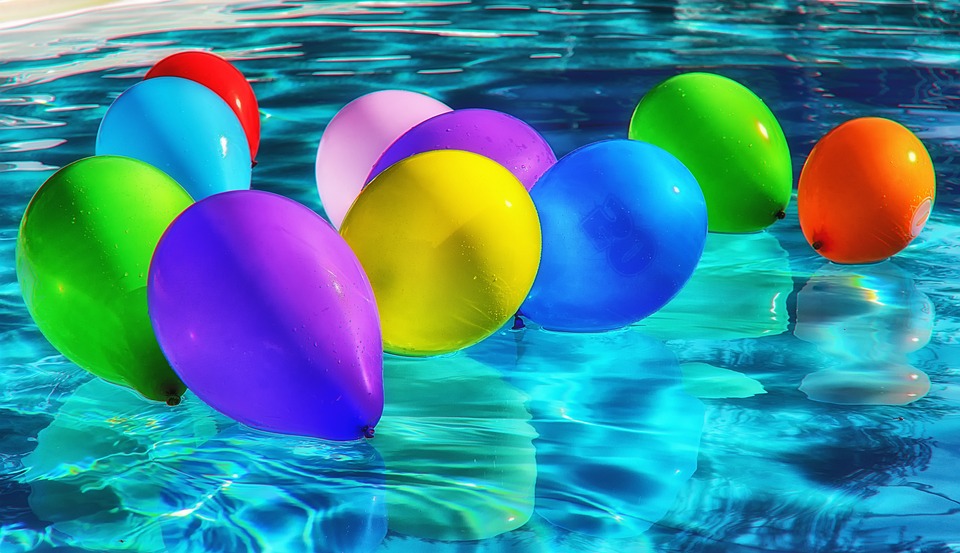Maintain equipment: Regularly inspect and clean the salt cell (where applicable) to remove mineral build-up. Check the pump, filter, and other equipment for any signs of damage or malfunctions. Repair or replace parts as necessary.
Taking care of your equipment is crucial to ensuring its longevity and efficient functionality. Whether you have a swimming pool or any other machinery that relies on specific components to operate, regular maintenance is a must. In this article, we will focus on the importance of maintaining different equipment, including salt cells, pumps, filters, and other vital parts.
One of the key components in maintaining a saltwater pool is properly caring for the salt cell. If you’re fortunate enough to own a saltwater pool, you already know the benefits it brings. But without regular care, the salt cell can become clogged with mineral build-up, affecting its efficiency and performance. To prevent this, it’s essential to inspect and clean the salt cell regularly. Follow the manufacturer’s guidelines on how often this should be done. Typically, you will need to inspect the cell every three to six months and clean it as necessary. Utilize a mild acid solution to remove the mineral build-up gently. This will allow the cell to function optimally, ensuring the production of chlorine for your pool.
Aside from the salt cell, it’s equally important to check your pump, filter, and other equipment for any signs of damage or malfunctions. Neglecting this can lead to higher energy consumption, poor water circulation, and, in some cases, expensive repairs. Start by checking the pump for any leaks or unusual noises during operation. If you notice any of these signs, it is critical to address them promptly. Leaking can be caused by worn gaskets or seals, and abnormal sounds may indicate internal damage. Replacing damaged parts or fixing leaks as soon as possible will prevent further issues and will save you money in the long run.
Next, focus on the filtration system. The filter plays a vital role in keeping your pool water clean and free from impurities. Check for any signs of damage and ensure it’s operating correctly. Replace any worn-out parts or damaged cartridges immediately. Failure to replace worn-out filter media can lead to poor water quality, algae growth, and an overall uncomfortable swimming experience.
In addition to the pump and filter, inspect other smaller components such as valves, gauges, and seals for any signs of damage or leakage. Pay close attention to fittings and connections, ensuring they are tight and secure. Any loose fittings can result in significant water loss and potential equipment damage.
Regular maintenance is an excellent opportunity to inspect your equipment for any signs of wear and tear. Wear and tear are inevitable, but catching the early signs can save you from costly repairs or even equipment replacement. If you notice any cracked or damaged parts, take immediate action. Replace faulty components to maintain the overall efficiency and functionality of your equipment.
It’s important to note that while regular maintenance and inspection can significantly reduce the risk of equipment failure, it’s not a foolproof solution. Sometimes, unforeseen malfunctions or breakdowns can occur, despite taking all the necessary precautions. Therefore, it’s essential to have a contingency plan in place and to have contact details of reliable professionals who can address any significant repairs or emergencies that may arise.
In conclusion, taking proper care of your equipment is vital to its longevity and efficient operation. Regularly inspecting and cleaning the salt cell, checking the pump, filter, and other equipment for any signs of damage or malfunction, and repairing or replacing parts as necessary can save you time, money, and prevent unnecessary downtime. By following these maintenance practices, you can ensure the longevity and optimal performance of your equipment, giving you peace of mind and allowing you to fully enjoy the benefits they provide.
Regular maintenance of equipment is essential for its longevity and efficient functionality. This includes inspecting and cleaning the salt cell in saltwater pools to remove mineral build-up. The pump, filter, and other equipment should also be checked for damage or malfunctions. Repair or replace parts as necessary to prevent energy consumption issues, poor water circulation, and costly repairs. Additionally, inspect smaller components such as valves and seals for damage or leakage. Regular maintenance helps identify wear and tear early and allows for prompt replacement of faulty components. Despite precautions, unforeseen malfunctions can occur, so it’s important to have contact details of reliable professionals for emergencies.
